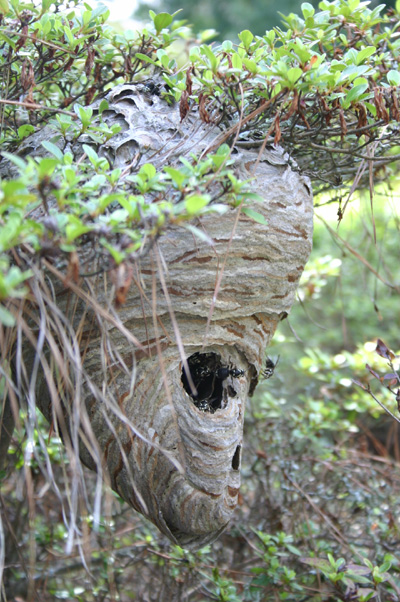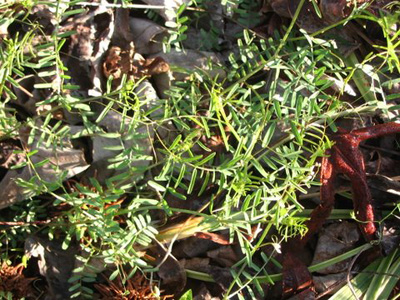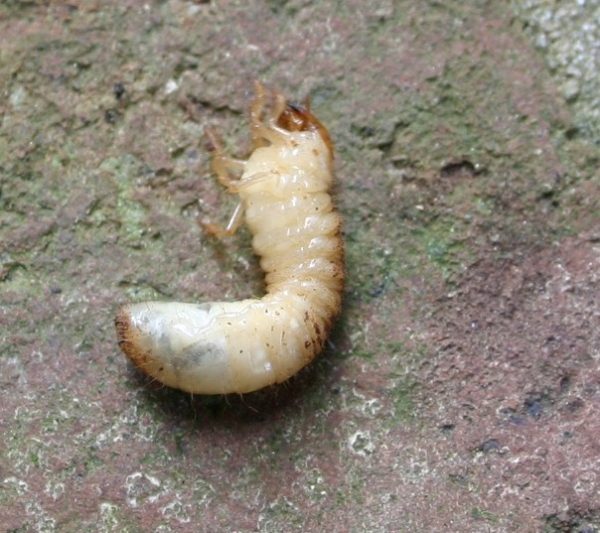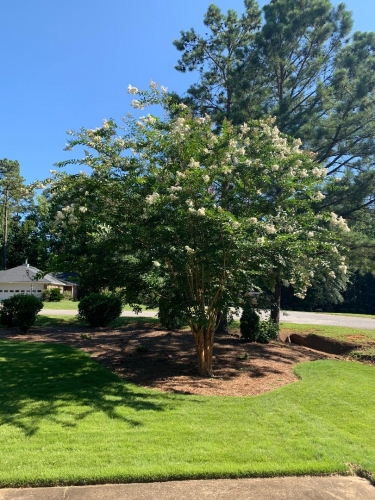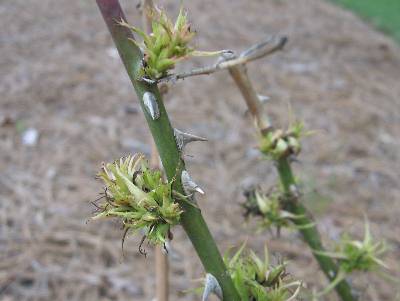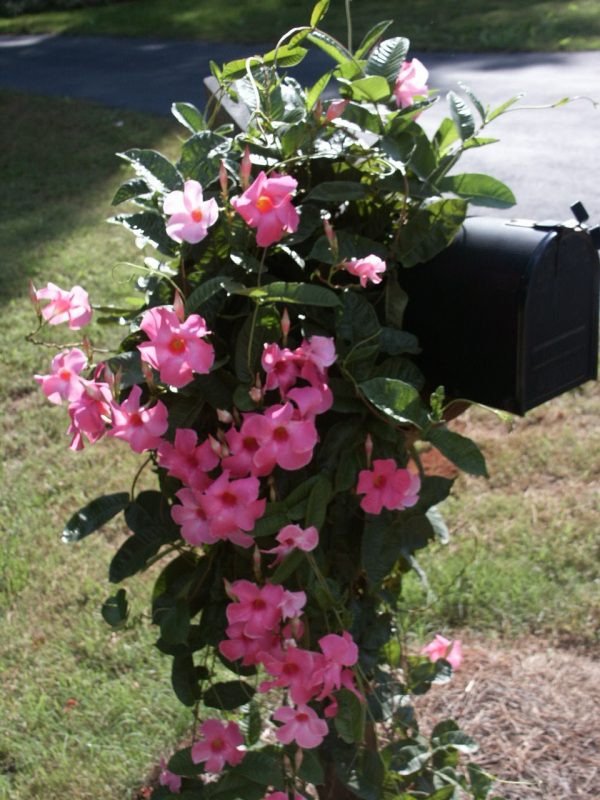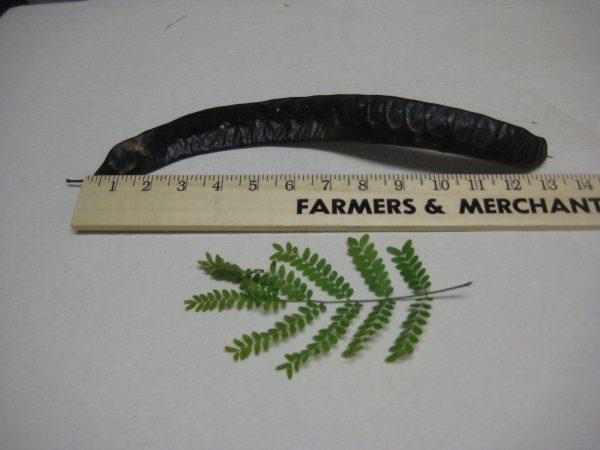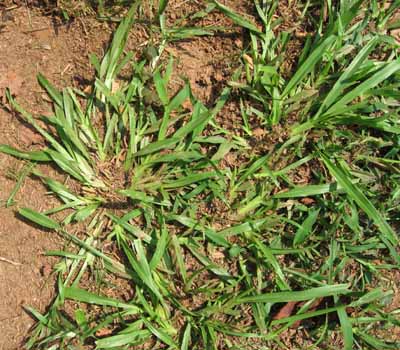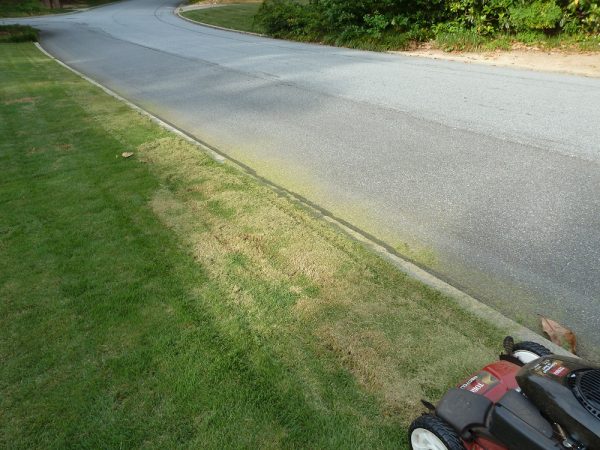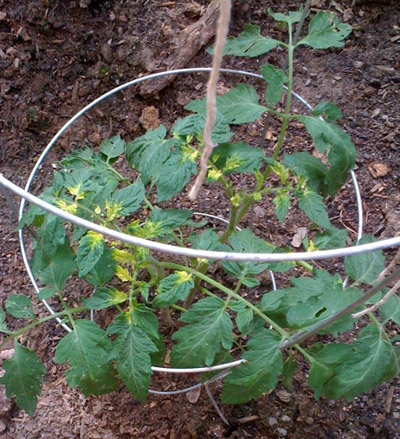Hornet – Eating Yellowjackets
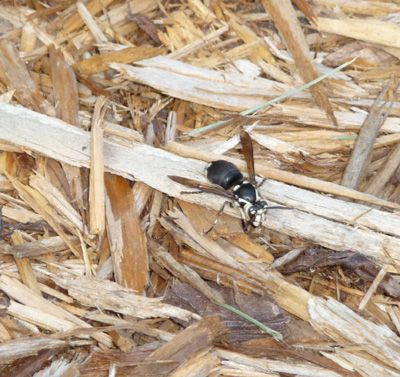
Q: An unidentified wasp camps out in my garden next to the entrance to a yellow jacket nest. I call him “Super Wasp”.
Throughout daylight hours a Super Wasp remains on station conducting an aerial patrol in front of the entrance awaiting the return or departure of yellow jackets. When a yellow jacket comes within range, Super Wasp attacks, forcing his prey to the ground where he administers a devastating sting. After a brief struggle the subdued yellow jacket is airlifted away from the vicinity of the nest to an unknown location.
I have witnessed two of these attacks and I have to say Super Wasp is like the grim reaper for yellow jackets.
Interestingly the yellow jackets have been unable to defend themselves against this predator. So far Super Wasp has effectively avoided the yellow jacket stings by skillful attack angles. Even when Super Wasp is fully occupied during the ground struggle, other yellow jackets do not attack Super Wasp. If you or I were to attack the nest, we would be greeted with a swarm of aggressive yellow jackets. On the other hand Super Wasp can operate with impunity and pick off yellow jackets one at a time right in front of the nest.
Can you identify this amazing predator?
A: Wow – it’s great of you to make such good observations and to get a picture too!
You are seeing a bald faced hornet do what it does naturally. Hornets eat mostly other insects, including yellowjackets and caterpillars, not plant nectar.
Look around in nearby trees and under your house eaves for the hornet nest. Unless there is a good reason to remove it, leave these beneficial insects to do their thing. They rarely attack humans or pets unless the nest is close to a path or frequent activity.
particularly part 2, at the bottom of the page

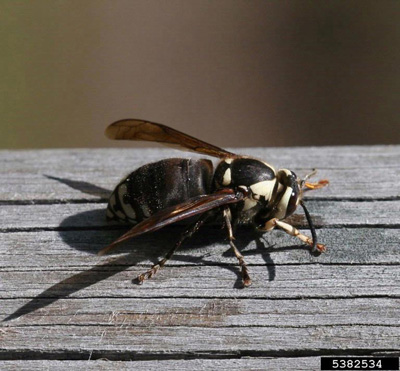
image courtesy of Johnny N. Dell, Bugwood.org
